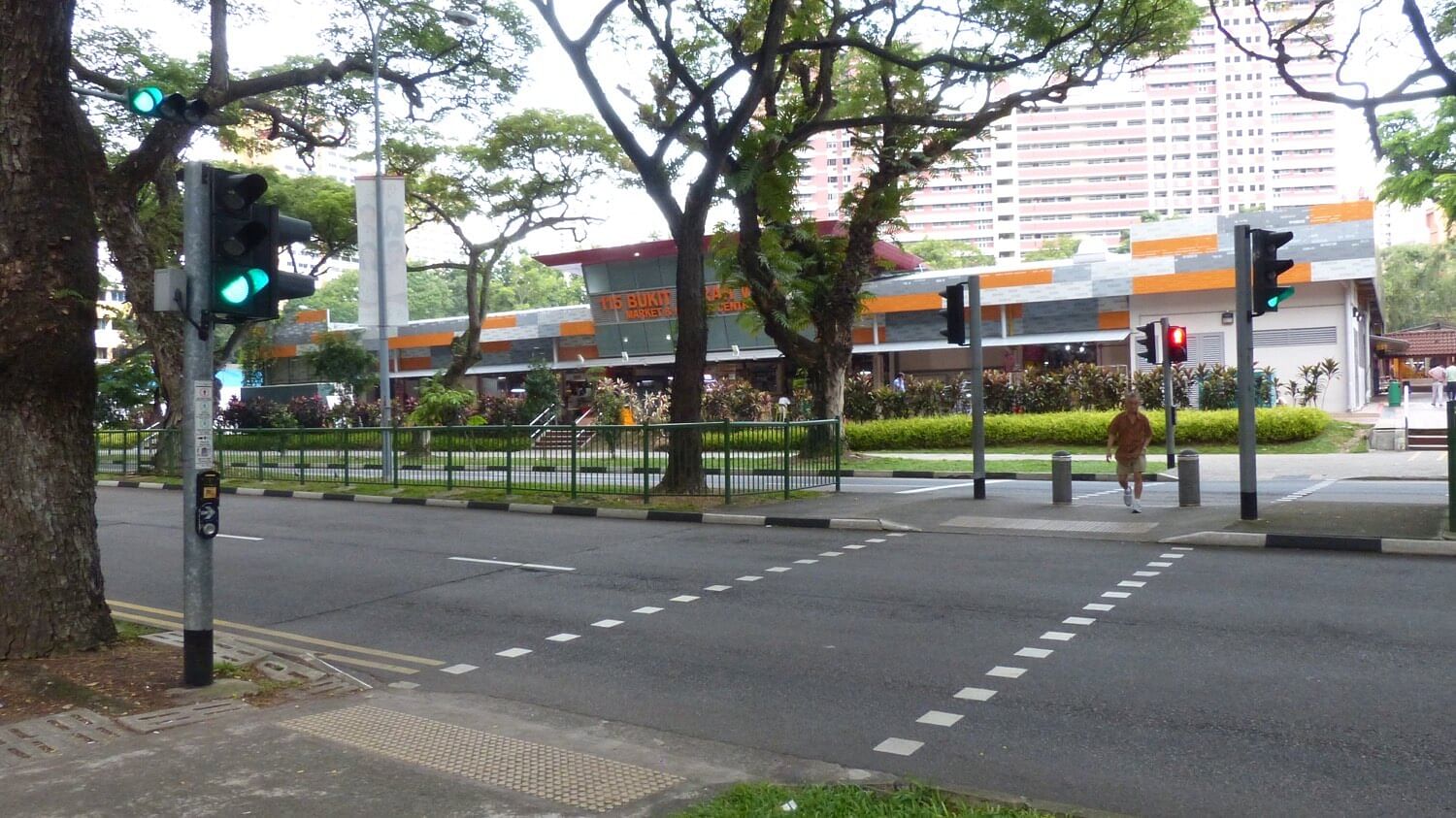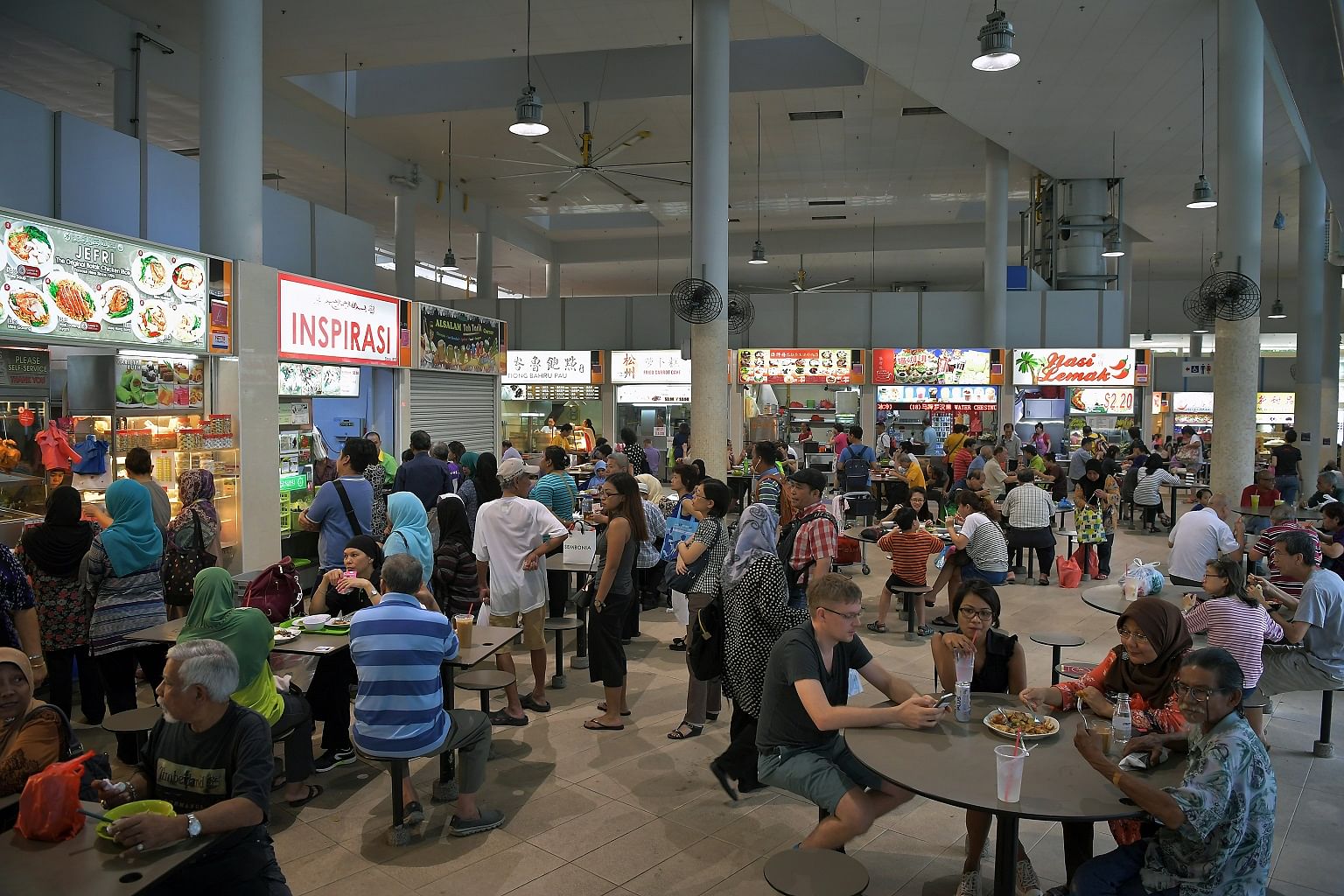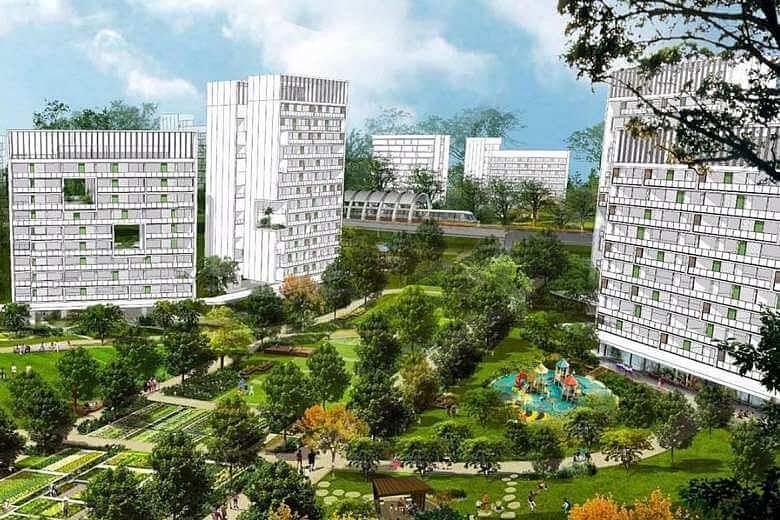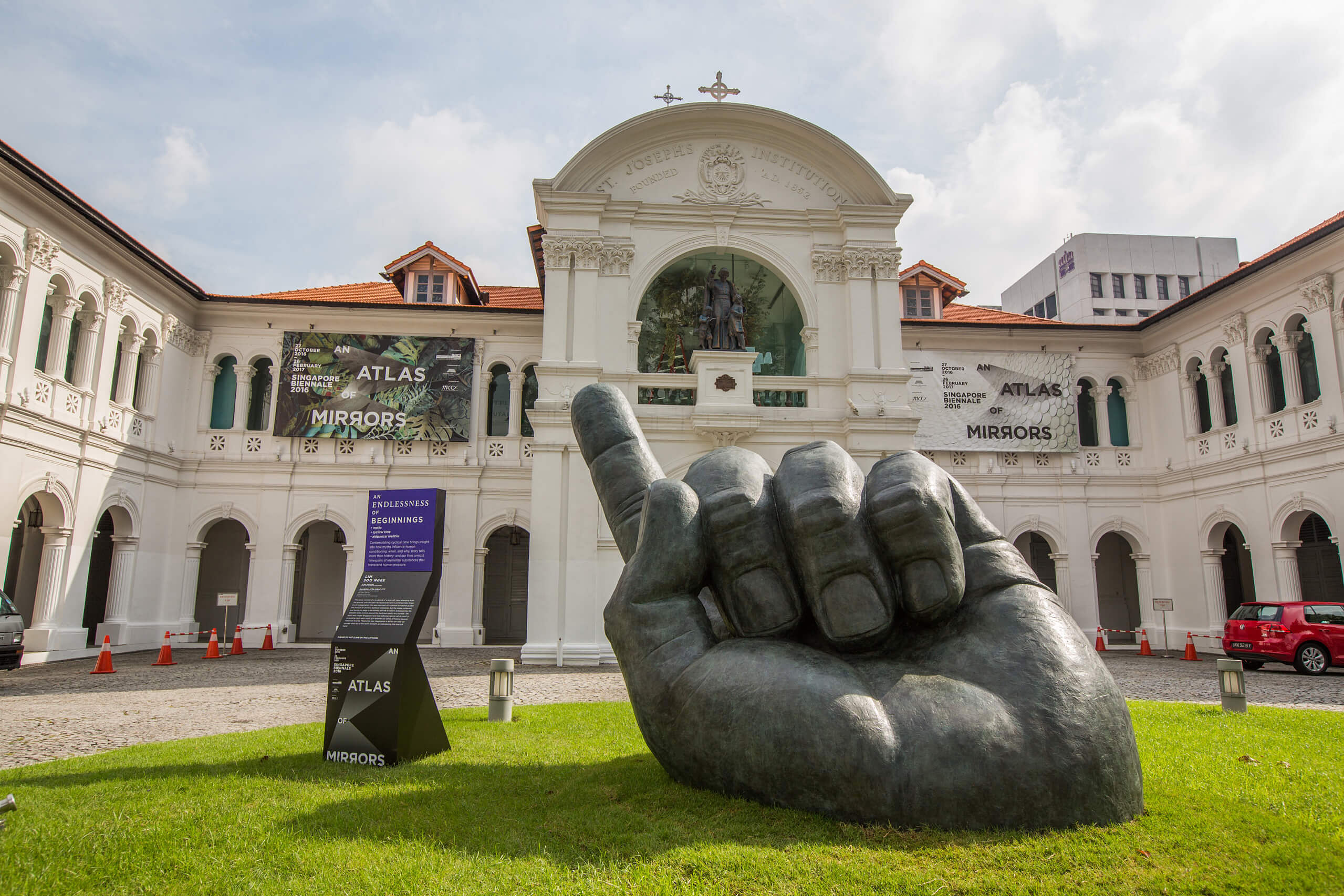Singapore's baby town Punggol: Some interesting things to know about other URA planning areas
Sign up now: Get ST's newsletters delivered to your inbox

A waterfront oasis at Waterway Point.
PHOTO: FRASER CENTREPOINT MALLS
Abigail Ng WY
Follow topic:
SINGAPORE - One in 10 people living in Punggol is under the age of four, and it has recently been dubbed Singapore's baby town.
Punggol is one of Singapore's oldest inhabited areas, dating back to almost 200 years before the arrival of the British. Early inhabitants of Punggol were engaged mainly in fishing. Later on, residents carried out poultry and pig farming.
Under the Punggol 21 scheme, the area was transformed into a waterfront town. As of last year, 14,490 of Punggol's 130,000 residents were under the age of four.
To meet the needs of young families in the area, Punggol has over 50 childcare centres, with two more set to open next year.
Here's a look at other URA planning areas.
1. Bukit Merah - With oldest population
Of the more than 150,000 residents in Bukit Merah, 40,600 are senior citizens above the age of 60. That works out to be at least two in 10 people there are above 60 years old.

Henderson Road in the direction of Tiong Bahru Road, opposite Bukit Merah View Market and Hawker Centre.
PHOTO: LIANHE ZAOBAO
The planning area includes places like Tiong Bahru, Alexandra and Telok Blangah. The name Bukit Merah means red hill because of the area's reddish soil.
Despite a large number of old Housing Board flats, the Tiong Bahru area is known for its hip cafes and eateries that attract young crowds, and Alexandra has seen numerous condominium developments.
2. Bedok - Most populated

Patrons at the Bedok Interchange Hawker Centre at Block 208B, New Upper Changi Road, near Bedok MRT station, on December 20, 2016.
PHOTO: ST FILE
Some 287,170 people live in Bedok - which includes areas such as Siglap, Bayshore and Frankel.
It has nearly 20,000 people more than Jurong West, the second most populated area in Singapore.
In the coming years, the population in Bedok is likely to increase further. Earlier this year, The Straits Times reported that there are plans to create a new Bayshore distract that will include 6,000 housing board flats.
3. Tengah - Least populated

An artist's impression of the future Tengah town, which is expected to have about 55,000 homes.
PHOTO: MINISTRY OF NATIONAL DEVELOPMENT
Barring areas like Singapore's Western Islands, the Central Water Catchment area and Changi Bay - which register no residents - Singapore's least populated area is Tengah, with just 10 residents.
But this will soon change - the HDB plans to develop the area. The first flats will be launched in 2018 and it will eventually contain 42,000 new homes - 30,000 units of public housing and 12,000 units of private housing.
4. Biggest and smallest land areas

Exterior of the Singapore Art Museum.
PHOTO: SINGAPORE ART MUSEUM
In terms of land area, the two extremes are not heavily populated.
The Western Water Catchment, with 800 residents, has an area of 69,748,298 sq m, while the smallest planning area - Museum planning area - is just 839,213 sq m. It has 400 residents.
Western Water Catchment houses two reservoirs and one river. Nanyang Technological University is also within its boundary.
The Museum planning area comprises Bras Basah, Dhoby Ghaut and Fort Canning. There are at least four museums in the area, including the National Museum and the Singapore Art Museum.
Sources: Department of Statistics, HDB website, Data.gov.sg, URA website, GoogleMaps

